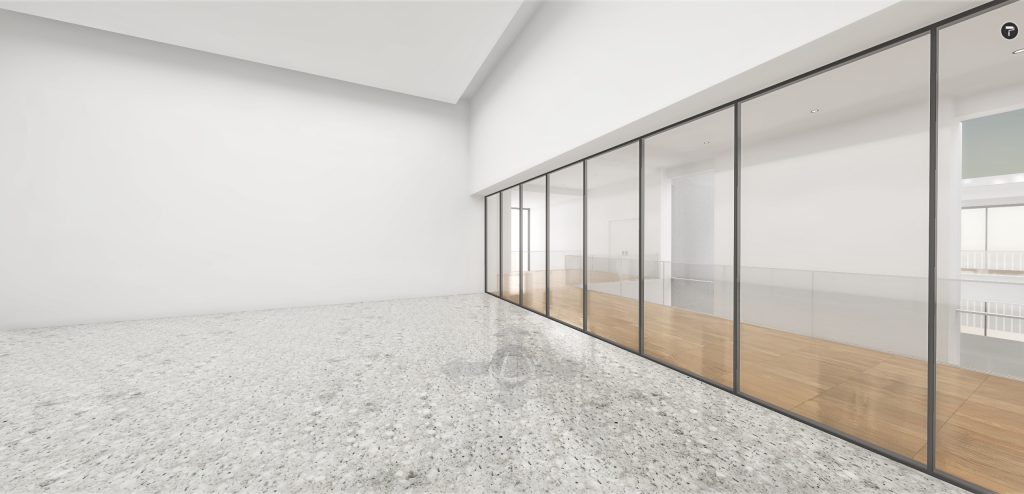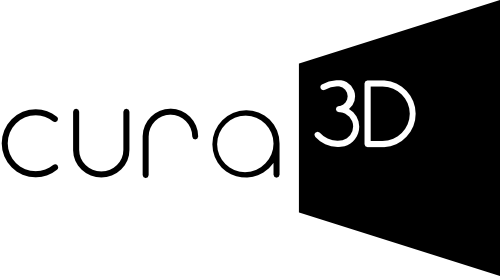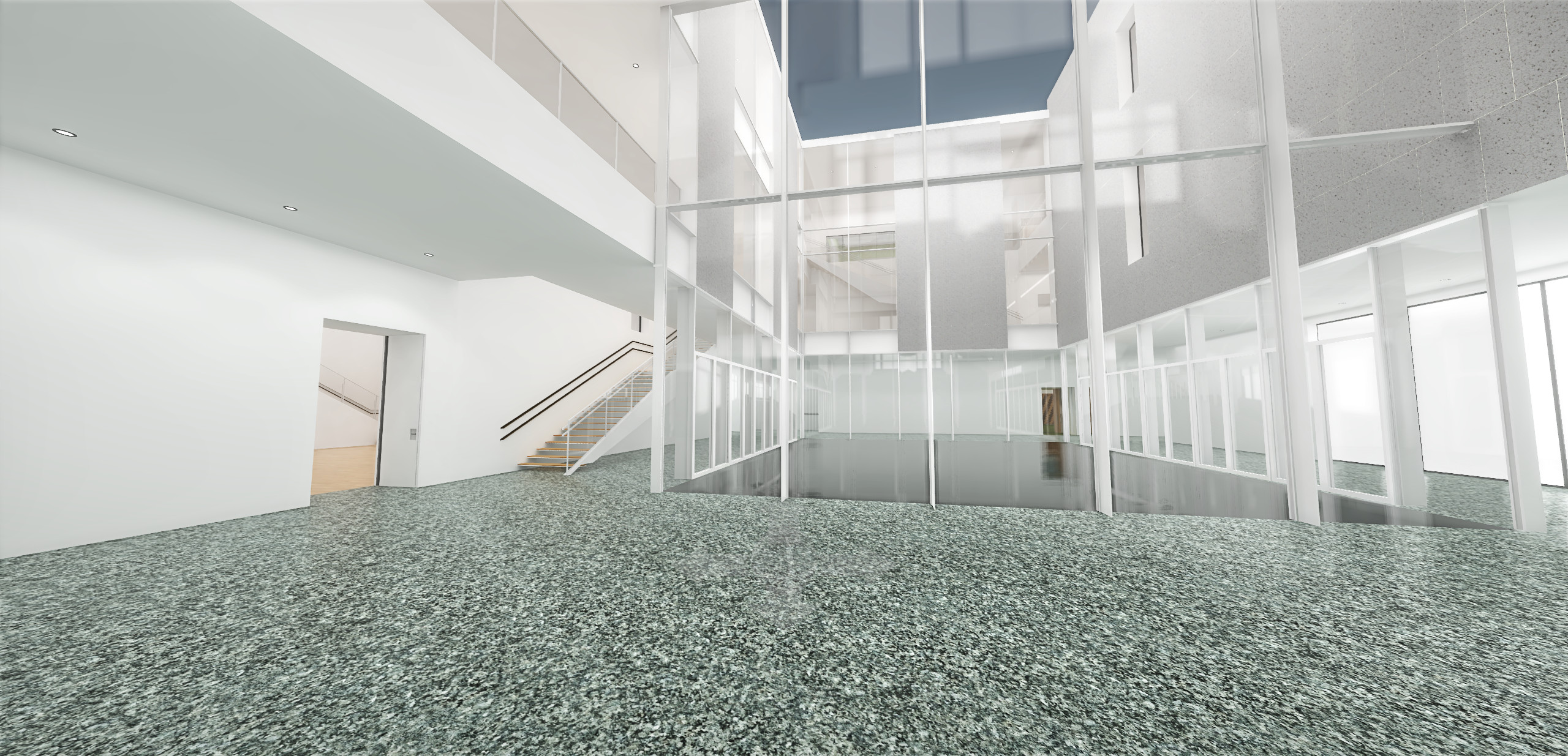Visioning exhibitions before the museum is built
The museum is still under construction, but the exhibition rooms should already be planned?
In Wiesbaden, cura3D makes exactly that possible.
A new public museum for abstract art is currently being built in the heart of Wiesbaden. It is called Museum Reinhard Ernst, named after the builder of the building: the entrepreneur and collector Reinhard Ernst. The opening is scheduled for spring 2023.
The design for the white cube comes from the Japanese star architect Fumihiko Maki. He combines grand architecture and high aesthetic standards with a functional purpose-built building, which is to offer 9000sqm of space for exhibitions, but also for public use (including gastronomy, museum shop, children’s area).
The Reinhard Ernst Collection comprises around 900 works of art, some of them monumental. These include abstract German and European post-war art, abstract Japanese art (e.g. performance art by the Gutai group from the 1950s) and works by American abstract expressionists.
They form the basis of the collection presentation. As is usual in museums, however, the majority of them will remain in the depot, where they will be available for temporary exhibitions and for loan to other museums.
We spoke with Lea Schäfer, curator at the Museum Reinhard Ernst, about this topic.
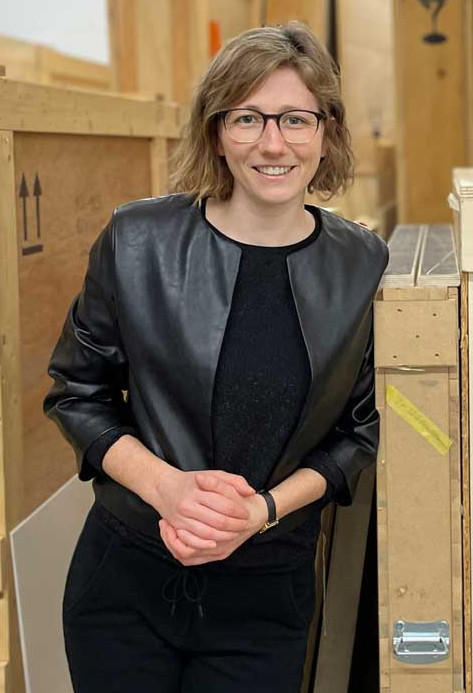
Curator at the Museum Reinhard Ernst
© Museum Reinhard Ernst
How do you work with the cura3D museum pro software?
The software is currently helping us to develop the exhibition and initial presentation of the collection. On paper, it is easy to develop concepts and put works into dialogue, but this dialogue must also work in the exhibition space. The size dimensions of the works and the space provide the framework of possibilities.
So at this stage we are using the software to get a feel for the works in the collection and the museum architecture.
In which areas is the software particularly helpful to you?
Since the exhibition spaces are only slowly taking shape and the exhibition and first presentation of the collection are being planned at the same time, working with cura3D is indispensable. The virtual rooms open up an initial sense of space, which is essential for planning exhibitions.
Furthermore, the software serves us as a means of communication. With the help of the online tours, we can communicate about individual presentation solutions – even from the home office.
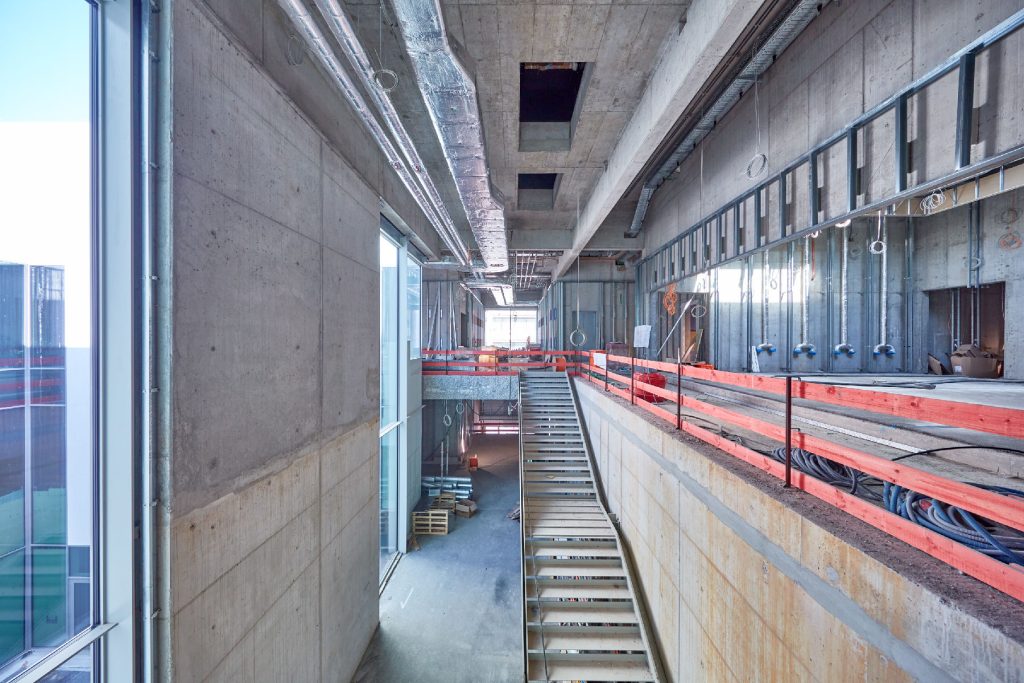
© Photo: Frank Marburger and Klaus Helbig

What visions do they have for the new museum?
The Museum Reinhard Ernst is to become a centre of excellence for abstract art in the heart of Wiesbaden. To this end, we would like to establish and promote a successful, contemporary understanding of museums, which is reflected in the architecture and the conception of the exhibitions and thus becomes tangible for visitors.
Where do you personally still see room for digital development in the museum sector?
As a team, we are currently working on various digital extensions for the Reinhard Ernst Museum. For example, we are thinking about augmented reality, the use of digital media in educational formats or virtual curating for visitors in digital spaces – the digital presentation of collections also plays a major role. On the one hand, the emergence of a new museum offers a lot of scope for design; on the other hand, it is also necessary to prioritise and, if necessary, to determine the limits of digital technologies for the Museum Reinhard Ernst.
What is your favourite feature of the cura3D museum pro software?
Among the software’s favourite functions are the interface to Museumplus, which makes it possible to place works to scale, and the aforementioned online tour. Both functions make work much easier thanks to the software.
